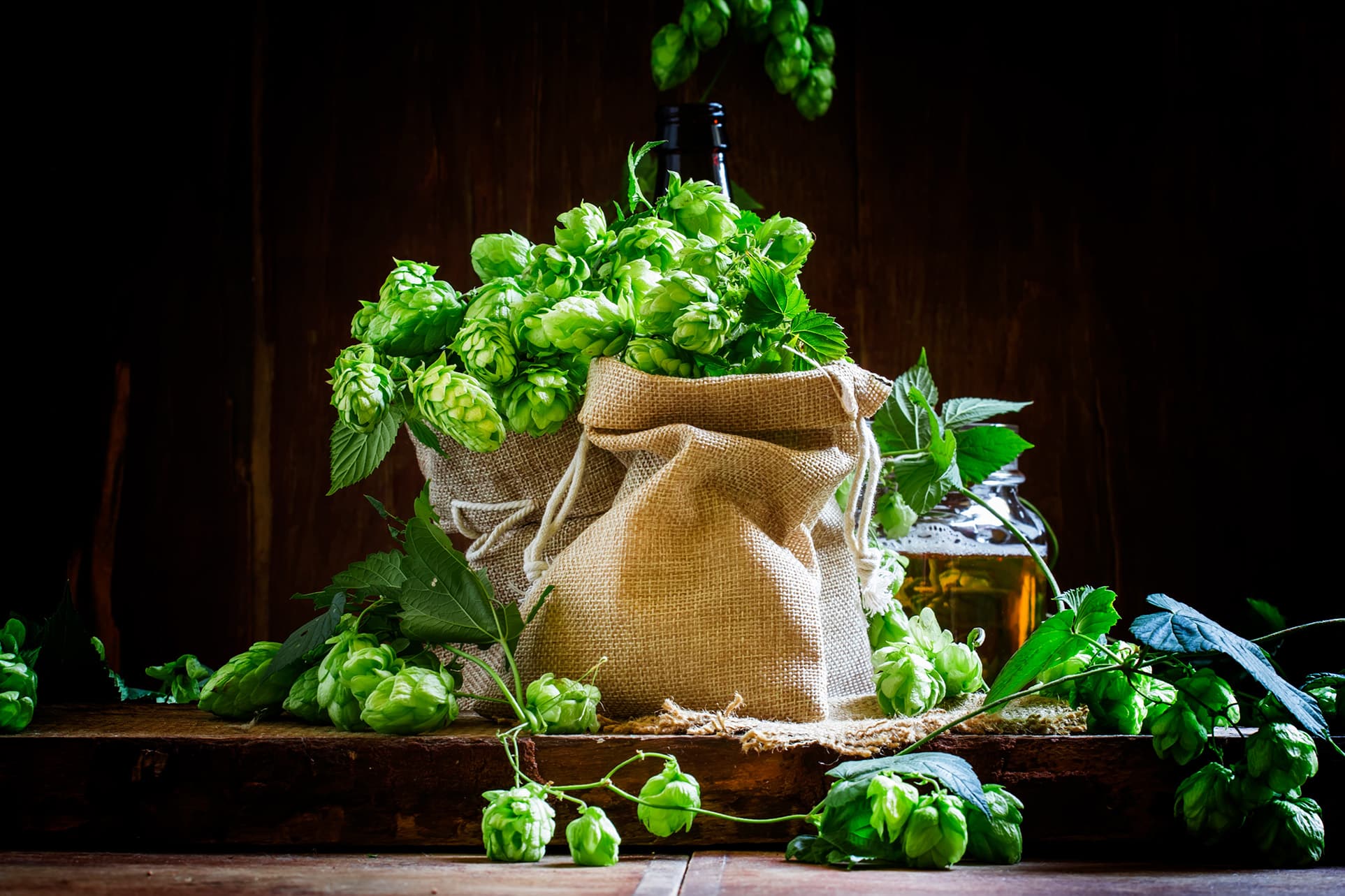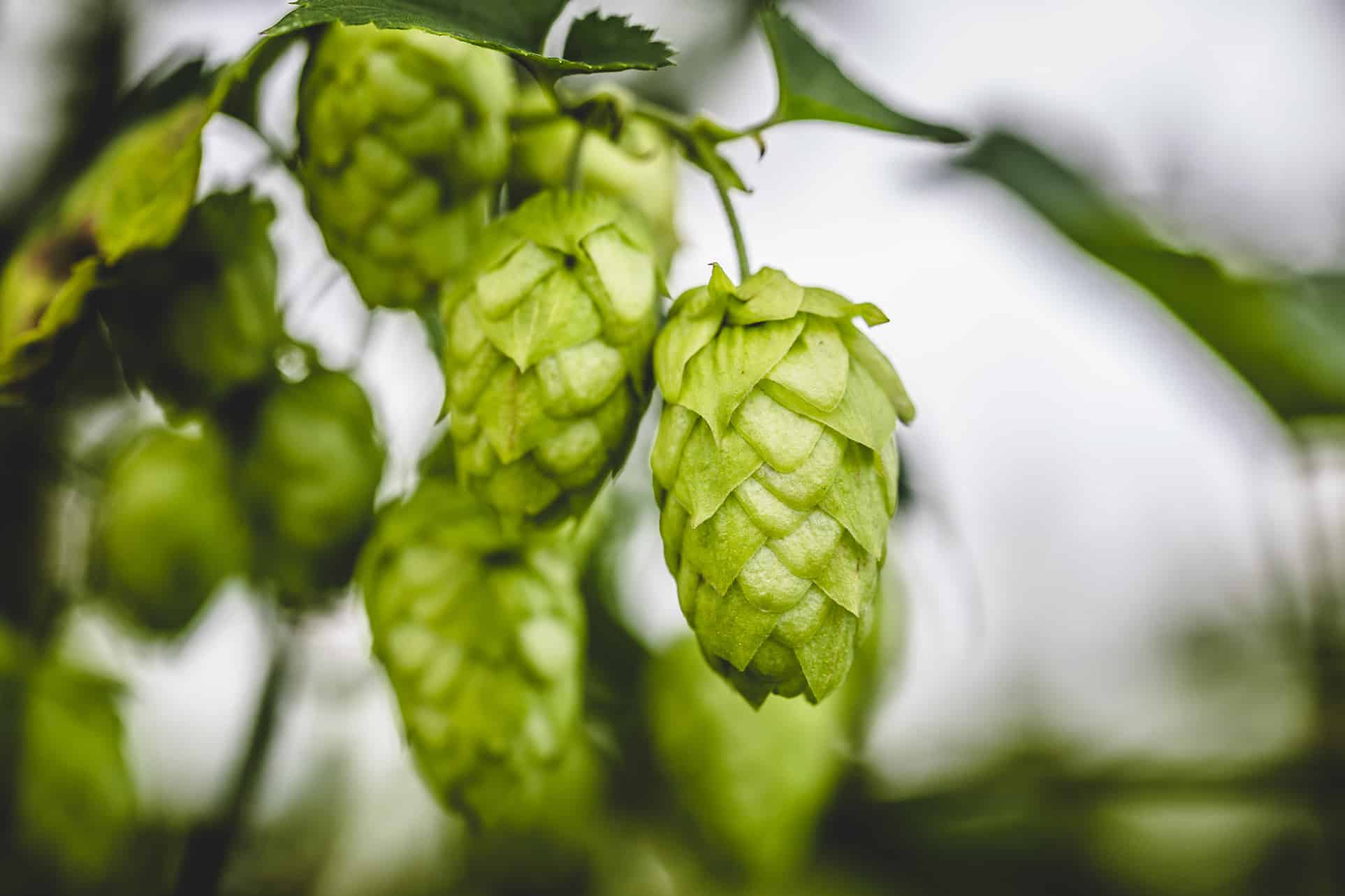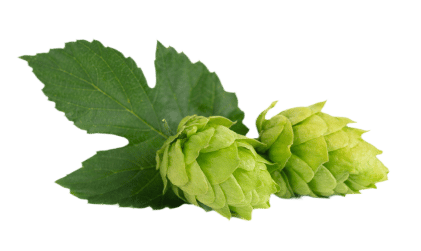What you need to know about hard seltzer
What you need to know about hard seltzer
It can be made using an alcohol base (e.g. vodka), or using a fermented sugar base which is where brew kit could be useful. Generally fruity, highly carbonated and packaged in 330ml cans. The liquid is crystal-clear (sometimes lightly coloured) and the drink is typically flavoured using natural fruit flavourings and sometimes botanicals, flowers, cucumber etc.
The product has been around since around 2013. It is very popular in the US and there are growing markets in Australia, China and Japan. Europe is being targeted by many of the major drinks companies, such as Coca Cola, as the next major destination.
Alcohol & alternatives
Alcohol-wise hard seltzers range between 4 and 7% ABV. You will need to check with HMRC regarding the Excise Duty category.
Hard seltzer offers the consumer an alternative drink that may suit their particular lifestyle; the drink is low-calorie, low-sugar, gluten-free and vegan-friendly.
How is it made?
The yeast substrate for hard seltzer is generally cane sugar, but corn sugar is also used, and some have even used malted barley as a sugar source.
The goal for hard seltzer producers is to produce a neutral alcoholic base product that will give a crisp finish and allow the flavourings to sing without being compromised.
The following must be considered:
Water
The water used to make the sugar solution will have ideally been treated using reverse osmosis.
The cleaner the water, the better the starting point. If using water post-fermentation to dilute the base, it should be deoxygenated and deionised.
Yeast
The yeast strain used should be neutral ester-wise, unless the ester profile of the strain will work with the intended fruit flavourings.
US-05 is widely used because of its clean profile and specific yeast products such as Fermentis SafSpirit™ HG-1 exist for the producer that wants to create a very high gravity base and then dilute it.
Hard seltzer producers often scrub the fermented base with CO2 to ensure it’s as clean as possible, prior to any flavouring additions. Some commercial producers also filter the fermented base and subsequently carbon-filter.
pH and yeast nutrition
Special consideration needs to be paid to pH and yeast nutrition. The pH buffer that is present in brewers’ wort is absent in seltzer solution.
This means that the pH of the fermenting beverage will drop too low unless there is intervention by the producer, in the form of Potassium Bicarbonate.
This will help guide the product to the desired (3.5 – 4.0) pH range.
Hard seltzer-related yeast nutrient products contain minerals and nutrients (such as zinc & magnesium salts) to help the yeast perform the fermentation as cleanly as possible.
Multiple additions of these products will be necessary to supplement the yeast’s health.
Flavour
There are many products on the market which can be used to flavour hard seltzers.
Totally Natural Solutions provide a range of flavourings called Natural Sensations™, all of which are natural extracts and include flavours such as strawberry, grapefruit, elderflower, pomegranate and mango amongst others.
TNS also provide products which can help improve texture and mouthfeel of the drink, and will shortly be launching a product series called HopSoda, aimed at this particular market.







